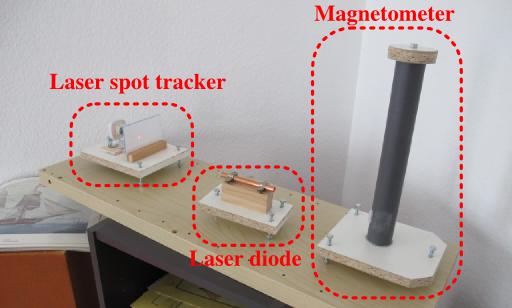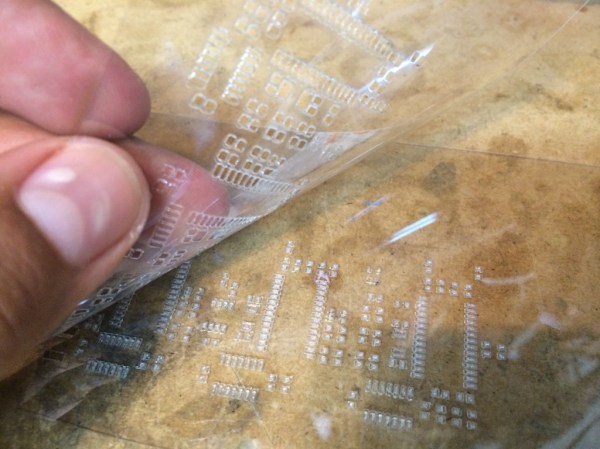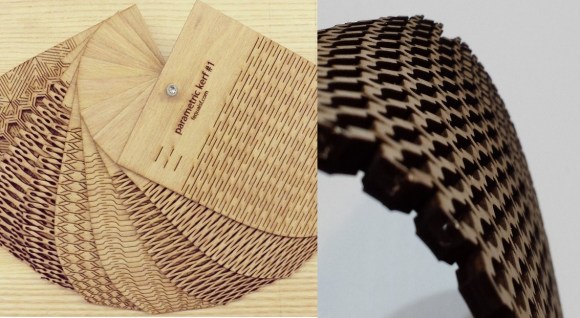
[Dr. Fortin] teaches physics at a French High School, and to get his students interested in the natural world around them, he built a geomagnetic observatory, able to tell his students if they have a chance at seeing an aurora, or if a large truck just drove by.
We’ve seen this sort of device before, and the basic construction is extremely similar – a laser shines on a mirror attached to magnets. When a change occurs in the local magnetic field, the mirror rotates slightly and the laser beam is deflected. Older versions have used photoresistors, but [the doctor] is shining his laser on a piece of paper and logging everything with a webcam and a bit of OpenCV.
The design is a huge improvement over earlier DIY attempts at measuring the local magnetic field, if only because the baseline between the webcam and mirror are so long. When set up in his house, the magnetometer can detect cars parked in front of his building, but the data he’s collecting (French, but it’s just a bunch of graphs) is comparable to the official Russian magnetic field data.






 If you already have a 3D printer, you already have a machine that will trace out gears, cogs, and enclosures over an XY plane. How about strapping a laser to your extruder and turning your printer into a laser cutter?
If you already have a 3D printer, you already have a machine that will trace out gears, cogs, and enclosures over an XY plane. How about strapping a laser to your extruder and turning your printer into a laser cutter? 








